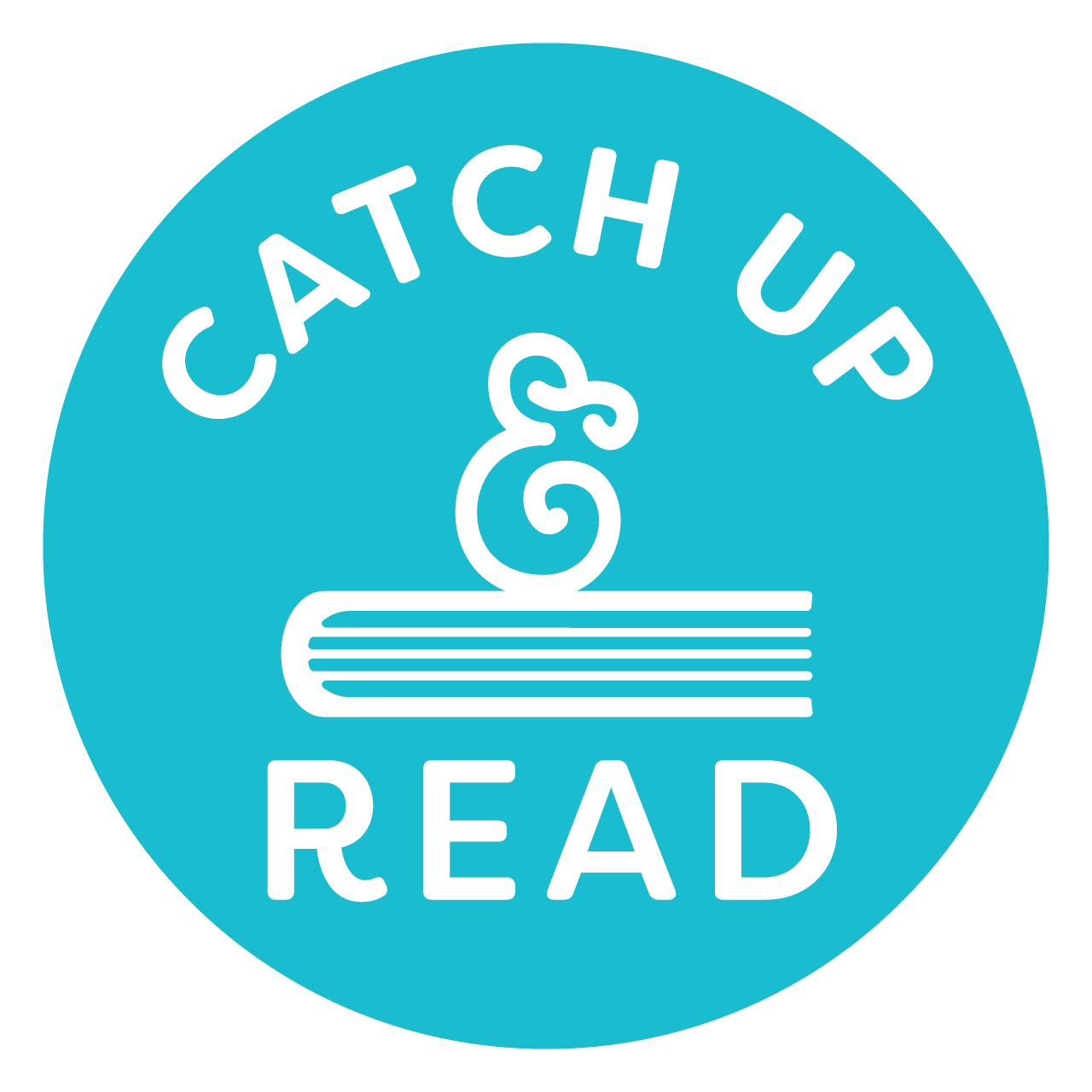Why I Broke Up with Three-Cueing
I still remember where I was sitting when I listened to Emily Hanford’s reporting, At a Loss for Words. As she shared how science did not back my preferred method of teaching reading, I cringed. But then I quickly reasoned that she was just another person trying to reignite the Reading Wars.
I revisited the podcast a few months later. It was a little harder to hear how teacher Margaret Goldberg had decided to teach one group of students using my preferred method, three-cueing, and another group with explicit phonics. Goldberg realized within weeks that her phonics group was quickly surpassing the cueing group, and she discontinued the experiment.
I decided it was time to shift, and I moved our organization’s emphasis on three-cueing and levelled books. I did this on the “down low” at first since the school district had not made the shift—nor had their teachers. And our district teachers were skeptical at first. That is until they started seeing their students’ reading take off in ways they hadn’t expected.
So, what should you do with this information? If you are a teacher, administrator, parent, grandparent, or concerned citizen, consider this:
Listen to this pivotal audio documentary by Emily Hanford, At a Loss for Words.
Want more? Move into her subsequent six-part series called Sold a Story.
And want to see the deficiencies in the three-cueing system? Watch a first-grade child stumble her way through a levelled book. Then see what her mother does about it. Watch the Purple Challenge.
Join us on this Science of Reading journey! Learn how students learn to read and Catch Up & Read is making a difference.

